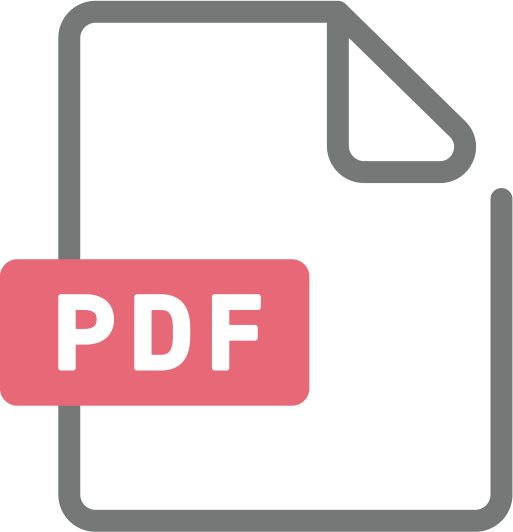What Does the Yield Curve Control Policy Do?*
Author: Shigenori Shiratsuka
Date: 2024/2/5
No: DP2024-002
JEL Classification codes: E43, E52, E58, G12
Language: English
[ Abstract / Highlights ]
The current monetary policy framework of the Bank of Japan (BOJ) is the Quantitative and Qualitative Monetary Easing (QQE) with Yield Curve Control (YCC). The YCC framework targets two interest rates with different maturity: the overnight policy interest rate at −0.1 percent and the longer-term 10-year Japanese Government Bond (JGB) yields at zero percent. It appears to work effectively in stabilizing interest rates from short- to long-term at low levels. This paper addresses the question of what the BOJ’s YCC policy does through the lens of the yield curve dynamics in the JGB market and the overnight index swap (OIS) market, with due consideration of practical details of the BOJ’s JGB market operations. Empirical evidence shows two points. First, the BOJ’s JGB market interventions amplify the fluctuations of the overall yield curves, in contrast to its policy purpose of fostering the smooth formation of a mild upward-sloping shape of the JGB yield curve. Second, the BOJ’s outright JGB purchases in high-stress times are seemingly aggressive but actually reactive to counter the market pressure on the YCC cap. These findings indicate that the YCC policy is carried out to sustain the YCC policy framework without producing effective easing effects but with significant side effects.
The current monetary policy framework of the Bank of Japan (BOJ) is the Quantitative and Qualitative Monetary Easing (QQE) with Yield Curve Control (YCC). The YCC framework targets two interest rates with different maturity: the overnight policy interest rate at −0.1 percent and the longer-term 10-year Japanese Government Bond (JGB) yields at zero percent. It appears to work effectively in stabilizing interest rates from short- to long-term at low levels. This paper addresses the question of what the BOJ’s YCC policy does through the lens of the yield curve dynamics in the JGB market and the overnight index swap (OIS) market, with due consideration of practical details of the BOJ’s JGB market operations. Empirical evidence shows two points. First, the BOJ’s JGB market interventions amplify the fluctuations of the overall yield curves, in contrast to its policy purpose of fostering the smooth formation of a mild upward-sloping shape of the JGB yield curve. Second, the BOJ’s outright JGB purchases in high-stress times are seemingly aggressive but actually reactive to counter the market pressure on the YCC cap. These findings indicate that the YCC policy is carried out to sustain the YCC policy framework without producing effective easing effects but with significant side effects.


